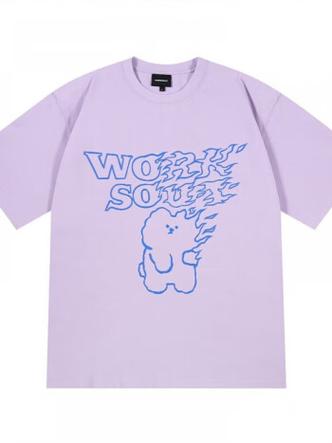Regarding the competitiveness analysis of children’s clothing brands, I can provide the following general views.
The children’s clothing market is a fiercely competitive and ever-changing market, and many brands are trying to meet the needs of children and parents. need. When analyzing the competitiveness of children’s clothing brands, the following aspects can be considered:
1. Brand awareness and reputation: awareness and good reputation are brand competitiveness important indicators. Consumers are more likely to choose brands they are familiar with and trust. Some brands have long-standing histories and broad market recognition, advantages that can give them a competitive advantage.
2. Product quality and safety: For children’s clothing brands, product quality and safety are crucial. Consumers pay more attention to whether brands can provide high-quality, non-toxic and harmless products, so brands need to use quality testing and certification to ensure that products meet relevant standards and requirements.
3. Design and style: Children’s clothing design should conform to the preferences of children and parents, while incorporating fashion elements. Brands need to pay close attention to children’s needs and trends, attract consumers’ attention and establish brand characteristics through clever design.
4. Price and cost-effectiveness: There is a wide range of prices in the children’s clothing market, and brands need to adjust their price strategies based on the economic strength of the target consumer groups. At the same time, providing higher cost performance can help brands win market share.
5. Channels and marketing strategies: A brand’s channel layout and marketing strategies play a key role in promoting the brand and products. Through diversified sales channels and targeted marketing activities, brands can reach more consumers and enhance brand awareness and influence.
In summary, the competitiveness of children’s clothing brands depends on many factors, such as brand awareness, product quality and safety, design and style, price and cost-effectiveness , as well as channels and marketing strategies, etc. Consumer preferences are personal subjective factors, and you need to consider the above aspects when choosing a children’s clothing brand that suits your family.






